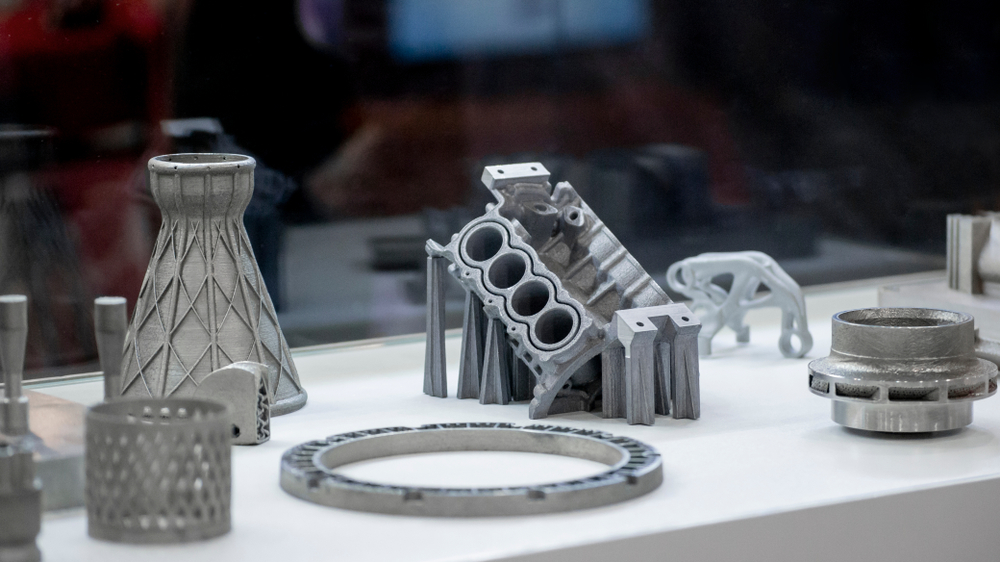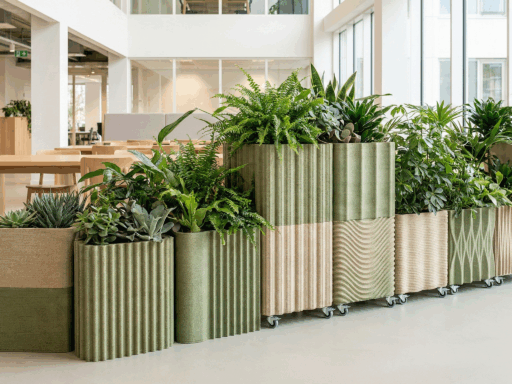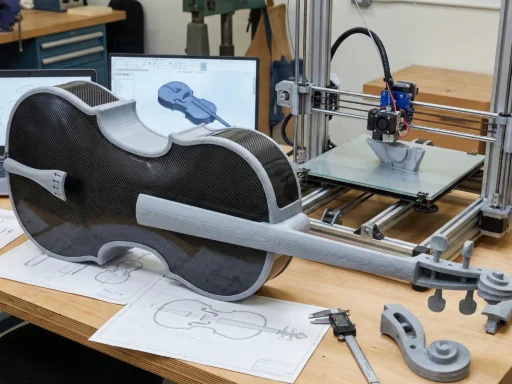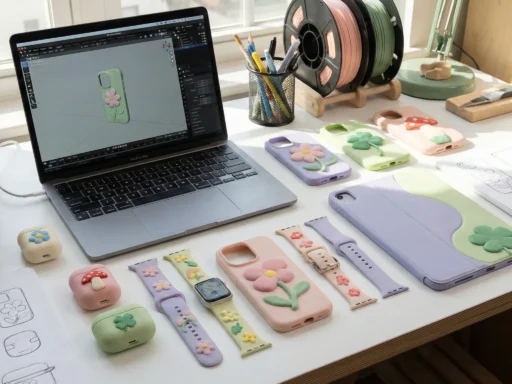So, the inevitable has happened. Metal binder jet 3D printing heavyweight Desktop Metal has finally gone bust. But what does it mean for the firm’s technologies – and the wider industry?
Those of us who’ve been paying attention to Desktop Metal’s financials have been raising the alarm for some time. I spent years dialing into its earnings calls while reporting for another industry publication, and one thing was always clear: the company had raised a huge amount of funding (over $800 million), but it was desperately struggling to turn a profit.
After acquiring the likes of ExOne, Aerosint, and EnivisionTEC, Desktop Metal realized the need to downsize its workforce, but it continued to burn through its cash reserves at high-speed.
Initially, talk of a takeover by Nano Dimension offered fresh hope. But the depths of the manufacturers issues soon became clear and Nano Dimension began to “explore strategic alternatives” to effectively pull out of the deal. In the end, a court order forced the acquisition over the line earlier this year, putting an end to a protracted M&A saga.
However, this did nothing to solve Desktop Metal’s problems. Now Nano Dimension is effectively letting the company go bankrupt. Having already let go of previous acquisitions like Admatec, NanoFabrica, and DeepCube, the company is clearly in the process of shedding assets and becoming a lean, cash-rich startup again.
Ultimately, it’s sad to see one of 3D printing’s big players go to the wall. But it has been a few days since the news broke, so how do we proceed from here? We’ve scoured socials to bring you some of the hottest takes – let’s see what the industry has to say!
“Moments of glory, embarrassment, and pure cringe”
Industry veteran, journalist, and customer success manager at Bambu Lab Pawel Slusarczyk has taken to LinkedIn to share his thoughts – and he hasn’t held back. Describing Desktop Metal as “one of the loudest” companies in the industry, which had moments of “triumph and disaster,” he says its collapse “marks the end of the third era of 3D printing.”
Slusarczyk has also raised questions about the future of Desktop Metal’s IP and binder jet 3D printing in general. Alleging that HP has also “slowed down” its development of the technology, he says that it may eventually be “reborn in another form.” Clearly a fan of hot takes, you can find out more about what he’s had to say on LinkedIn here.
“Shifting from bold promises to measurable ROI”
Hexagon’s Daniel Plos has struck a more positive note, suggesting that Desktop Metal filing for bankruptcy “isn’t a sign that AM has failed, it’s a sign that the industry is maturing.” In order to fulfil its potential, he says 3D printing needs to drop “flashy announcements” and get practical.
“Companies are no longer just investing in machines – they’re investing in reliable solutions at scale. And that’s exactly where software comes into play,” he adds. Clearly, Plos has a stake in the industry and used his post to promote Hexagon’s offering in this area. But does he have a point? Is smart software the key to driving efficiency? Join the debate here.
“Not an industrial catastrophe, an artistic performance!”
Nanoe CEO Guillaume de Calan has taken a more playful approach, by providing a few “fun facts” about the funding Desktop Metal raised over the years. Apparently, the company burned through its funding at a rate of $80 million per year and if you stacked all its funding in $1 notes, you’d have a pile 80 kilometers high. Blimey, talk about sticking the boot in!
On a more serious note, he expressed disappointment that “so many great technologies and startups have been buried” with Desktop Metal – a company he views as a “desperate venture.” As we mentioned earlier, the fate of the company’s assets is still in the air. But you can read more into Guillaume’s thoughts on the subject here.
“There’s still a bright future for additive”
Smart Factory CEO Ignas Gudas describes Desktop Metal’s bankruptcy not as a failure, but “an indicator that industrial 3D printing is maturing” and becoming more complex. Like Plos, he emphasized that the future of the technology will be led by those who are “building value” for clients one project at a time, not necessarily those with high capitalization.
Arguing that “the vision has failed” for the wider industry, he added that “scale should come after stability, not the other way around.” Agree or disagree, you can find his full comments here.
“More tectonic movements” to come?
Edin Skaljic, who heads a FabLab based in Serbia, says “the technology is just too expensive” at the moment, and predicts that more widespread industry changes are in the offing.
In a short but insightful LinkedIn post, he highlighted how the likes of Velo3D, Markforged, and voxeljet have recently run into financial troubles of their own. And with huge differentiation in performance between market leaders, he seems to suggest that more turmoil is to come. For the sake of the industry, we hope he’s wrong. But you can find his LinkedIn post here.
“Come build the Future of the Foundry!”
In response to the news of Desktop Metal’s demise, Foundry Lab CEO David Moodie was quick to point out that his company is hiring. During its expansion phase, Desktop Metal acquired some extremely valuable industry expertise. We’re sure Moodie isn’t the only one seeking to attract this newly available talent, which is likely to be in-demand at the moment.
For all those affected by the news, Foundry Lab is hiring technicians, managers, engineers, and sales people across the US and New Zealand. You can check out the vacancies here.
Got a hot take of your own on the Desktop Metal saga? Feel free to reach out at editorial@3dmag.com.





